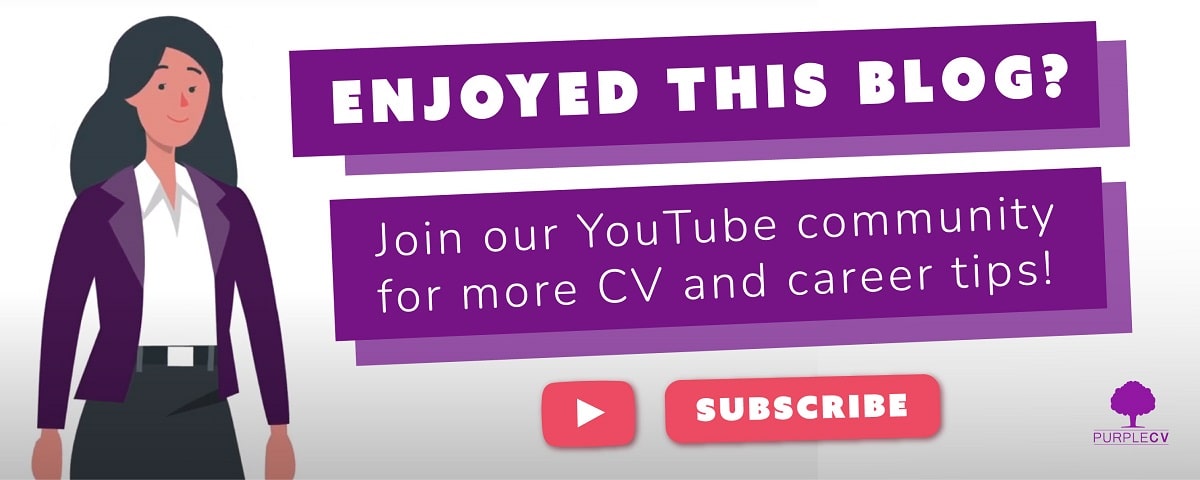Let’s be honest – interviews can be tricky.
You’re trying to show your best side, answer on the spot, and prove you’re the right person for the job. No pressure, right?
That’s where the SMART interview technique comes in.
It’s a simple tool that helps you feel more in control. It works in two ways: helping you prepare and helping you give answers that actually land.
We’ll break it down here – what SMART means, how to use it before your interview, and how to use it when you’re under pressure.
Key Takeaways: SMART Interview Technique
- SMART helps you prep with a plan, not panic
- It stands for: Specific, Measurable, Achievable, Relevant, Time-bound
- You can use it to shape your answers, especially the “Tell me about a time…” type
- It keeps things clear and focused – no waffle
- Interviewers love it because it shows you understand impact
What Is the SMART Interview Technique?
Originally, it was used to set SMART goals. But it’s been picked up by jobseekers and career coaches because it works just as well in interviews.
Think of it as a framework – a way to make sure your answer isn’t just a story, but a story with a point.
Here’s what each letter means:
- Specific: Focus on one thing you did – not everything you’ve ever done
- Measurable: Mention results – numbers help, but even simple outcomes count
- Achievable: Stick to what you actually did, not a team-wide win you barely touched
- Relevant: Connect it to the job you want
- Time-bound: Include timeframes – it helps show urgency and decision-making
Using SMART to Prepare for Your Interview
Most people start prepping for an interview by reading over the job ad, jotting down answers and hoping for the best.
But that’s a little vague. Setting SMART goals gives your prep a direction.
Let’s say you always stumble over leadership questions. Instead of saying, “I’ll try to do better this time,” you could set a SMART goal like:
“I want to feel confident answering questions about leading a team. I’ll practice three leadership-related questions. I’ll record my answers on Tuesday, Thursday and Saturday, and review how clear I sound. That way, I’m ready by Monday’s interview.”
That’s clear. It’s trackable. And it’s doable.
Plus, it focuses on the bits that actually matter for you – not just generic prep.
Need some 1:1 coaching?
Learn from seasoned industry experts with our 1-on-1 Coaching service!
- Access to your own coaching expert
- Sessions available at short notice
- All industries covered


Using SMART To Answer Interview Questions
Then there’s the moment you’re in the hot seat and they hit you with: “Can you tell me about a time you solved a problem?”
Here’s where SMART really shines. It gives you a way to answer that doesn’t ramble or go off-topic.
Break it down like this:
- Pick one clear example (Specific)
- Talk about what you achieved or fixed (Measurable)
- Keep it realistic – what you actually did (Achievable)
- Link it to the job – show the skill they care about (Relevant)
- Mention when it happened or how quickly you worked (Time-bound)
Example Answer:
“In my admin role last year, we kept missing client follow-ups. I spotted the issue and created a shared checklist for the team. We trialled it for two weeks and follow-ups improved by 40%. It was simple, but made a big difference, especially during our busiest months.”
That’s it. Clear, to the point, and easy to follow.
It’s well worth taking a look at our guide on scenario-based interview questions for more context around this type of approach.
Extra Tip: Practice With Past Experience
If you’re not sure where to start, look at the job description and match it to your own experience. For each key skill or responsibility, try to think of a SMART-style story that brings it to life.
For example, if the role involves handling deadlines, can you think of a time you had to deliver something quickly? If communication is key, have you ever turned around a tricky situation with a clear message?
You don’t need perfect examples. Focus on real ones that show how you work. Keep a few up your sleeve and practise saying them out loud. That way, when the nerves kick in, you’ve already done the hard part.
And remember: it’s not about sounding scripted. It’s about sounding like you know what you’re doing.
FAQs: SMART Interview technique
What is the SMART interview technique?
It’s a method for planning your prep and answering interview questions clearly. It helps you avoid vague replies and show the impact you made.
Is SMART the same as STAR?
They’re similar but not identical. STAR is about storytelling – Situation, Task, Action, Result. SMART is more about showing value and structure. You can use whichever feels right – or mix them.
What if I don’t have numbers to include?
No problem. Measurable doesn’t mean you need to quote exact stats. “Improved communication” or “saved the team time” still counts.
Do I need to hit every letter in SMART every time?
Not always. It’s a guide, not a script. Aim to cover most of it, especially the bits that matter for the question.
Final Thoughts: SMART Interview Technique
This article is the latest blog in our interview advice series.
Othe recent guides include:
- What Are Your Weaknesses Interview Question
- Tell Me About Yourself Sample Answers
- What Can You Bring to the Company?
- How To Manage Conflict At Work Interview Question
- Questions To Ask In A Job Interview
Interviews are never easy, but SMART gives you a way to walk in with purpose. It helps you prep better and speak more clearly.
No rambling. No guesswork. Just solid answers that show what you’ve done and what you can bring.
And if you’re still getting ready, our experienced team are on hand to support you with interview coaching and advice.
Need some interview coaching? We know that interviews can be a daunting part of your job search, so we now offer one-on-one expert coaching.
Also, check out our CV writing service and please contact us for more support.


